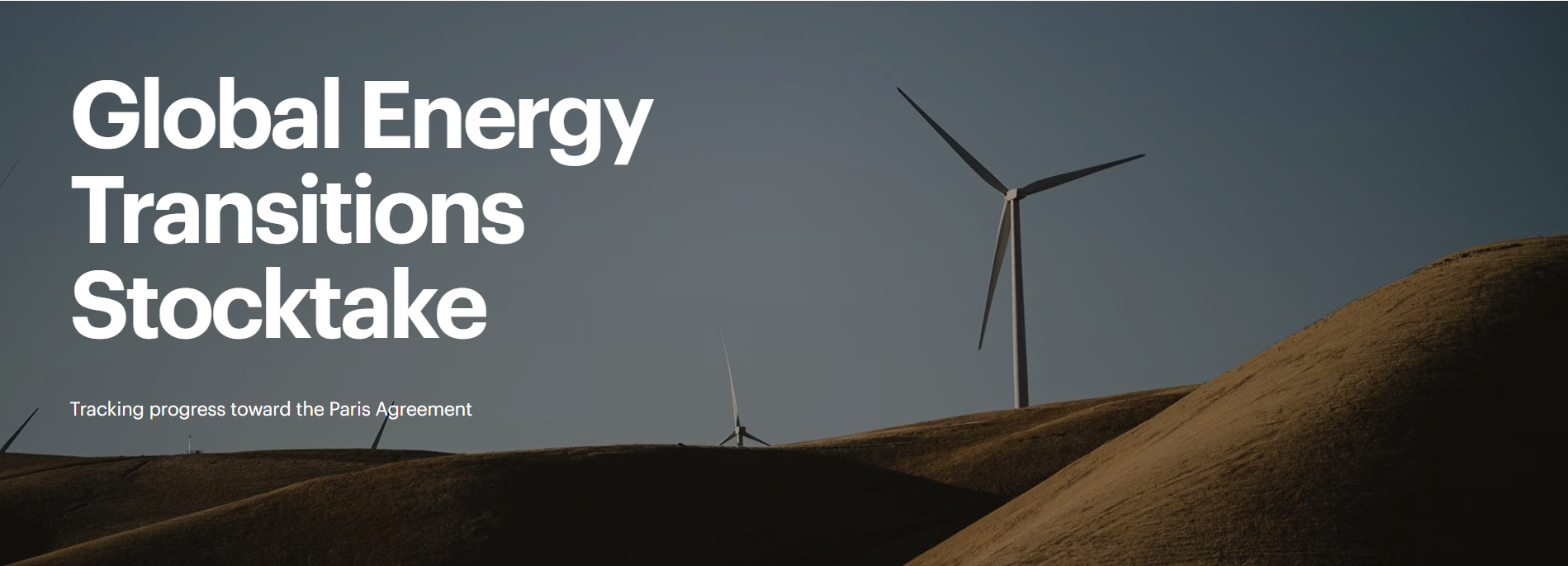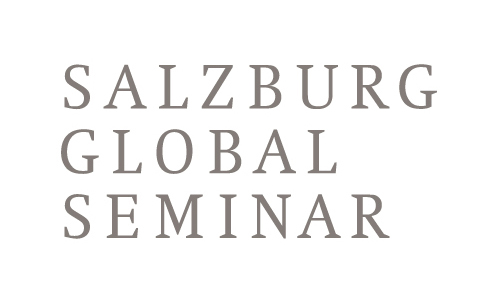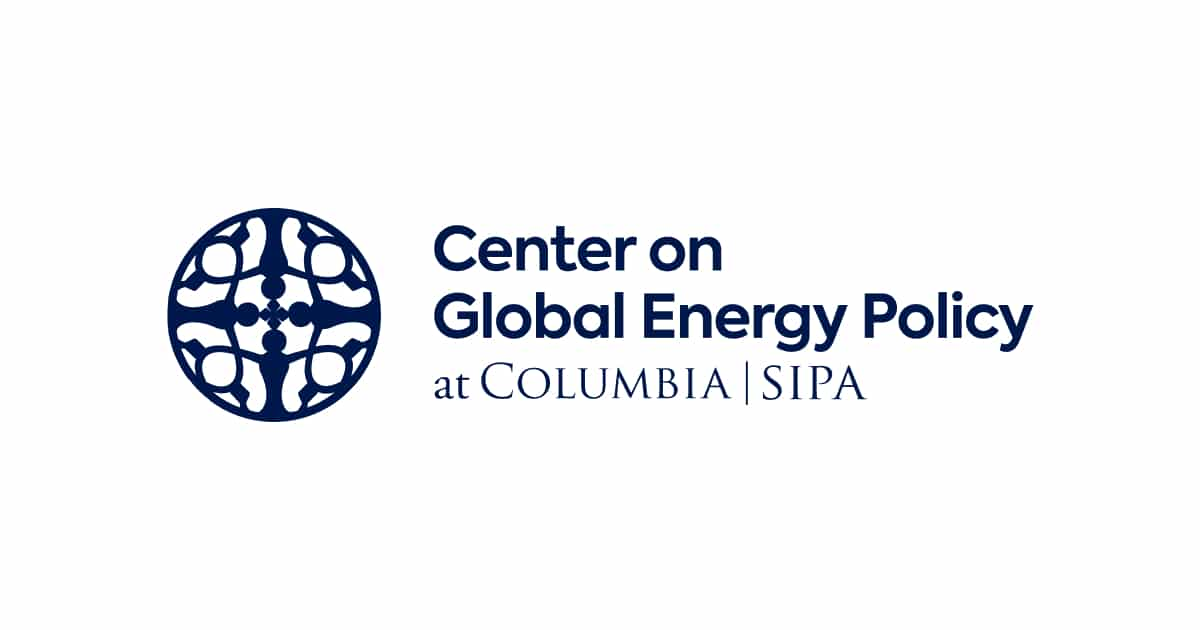In support of the first global stocktake of the Paris Agreement, the IEA’s Global Energy Transitions Stocktake offers the latest data and analysis on the global clean energy transition, tracking progress and giving an objective perspective of current trajectories. Additionally, it provides a snapshot of how individual countries are faring across the 15 key indicators, using the latest available data from the IEA. The data are updated regularly and show the current status and trajectories of the energy sector compared to the IEA’s Net Zero by 2050 Scenario per sector and country.
In this sense, the IEA’s Net Zero by 2050 Scenario outlines a path to net zero emissions in the energy sector by 2050, requiring a shift to non-emitting energy sources, increased energy efficiency, and investment in emissions-abating technologies. Despite challenges, progress has been made in clean energy investment, renewable capacity additions, and clean energy supply chains.
Gas Emissions: Challenges and Figures
According to the report, significant additional progress is required to meet the 1.5°C goal. For instance, stronger international cooperation, increased clean energy investment in emerging markets, and advancements in clean energy technologies. The energy sector primarily contributes to air pollution and greenhouse gas emissions, affecting over 90% of the global population and causing over 6 million premature deaths annually. The path to net zero emissions necessitates more extensive, smarter electricity networks, more low-emissions fuels, and increased nuclear power.
Still, current Nationally Determined Contributions (NDCs) suggest that CO2 emissions from the energy sector will peak this decade and decrease to 30 Gt CO2 by 2030, a 5 Gt reduction from the first round of NDCs in 2015. Despite recent growth in clean energy, most NDCs are not aligned with countries’ long-term net-zero targets. The IEA Climate Pledges Explorer analyses NDCs from over 190 countries to estimate implied energy sector CO2 emissions. By 2035, emissions must decline by 80% in advanced economies and 60% in emerging and developing economies compared to 2022 levels.
Clean energy advances
In recent years, considerable strides have been made in clean energy. Global clean energy investment rose to more than USD 1.7 trillion in 2022, with solar PV and EVs driving the growth. For every USD 1 spent on fossil fuels, USD 1.7 is now spent on clean energy. Public investment in energy-based research and development also grew, with China leading the way.
Renewable energy capacity saw a 13% increase in 2022, with solar PV being the only technology to break a deployment record. Despite a decline in wind capacity additions, the overall growth of renewables is promising. Clean energy supply chains expanded substantially in 2022, with solid growth in manufacturing batteries, solar PV, electrolysers, and heat pumps. This expansion is crucial as we move towards the IEA’s Net Zero Emissions by 2050 scenario.
Electric vehicles account for nearly 15% of the global car market, with sales exceeding 10 million in 2022. The market is dominated by China, followed by Europe and the United States. This growth is driven by various EV policies that reduce costs and increase sales, leading to less oil demand. Global heat pump sales continued their double-digit growth in 2022, marking the second year of this trend. This growth is driven by increased policy support and incentives in light of high natural gas prices and efforts to reduce greenhouse gas emissions.
The road ahead towards Net Zero
Despite these advancements, the path to the 2050 targets remains challenging. Half of the emission reductions needed to reach net zero come from technologies not yet on the market. The IEA’s Clean Energy Technology Guide tracks progress on more than 500 technologies required to achieve net-zero emissions, providing crucial data to guide future efforts.
Global energy-related CO2 emissions grew in 2022, reaching a new high. Methane emissions also remained high in 2022, with the energy industry releasing nearly 135 million tonnes of methane into the atmosphere. Progress towards net-zero emissions will require the rapid expansion of Carbon Capture, Utilisation and Storage (CCUS) technologies. The IEA’s CCUS database suggests that if all planned projects come online, global CO2 capture capacity could reach over 300 million tonnes annually by 2030.
The emergence of a clean energy economy provides hope for the way forward, but more significant efforts are needed to accelerate policy support and investment. Only modest progress has been made in strengthening international collaboration. The areas most needed are aligning policies, mobilising investment and accelerating deployment. More significant political commitment is required to progress from softer to more complex forms of collaboration.
Global Energy Transitions Stocktake




